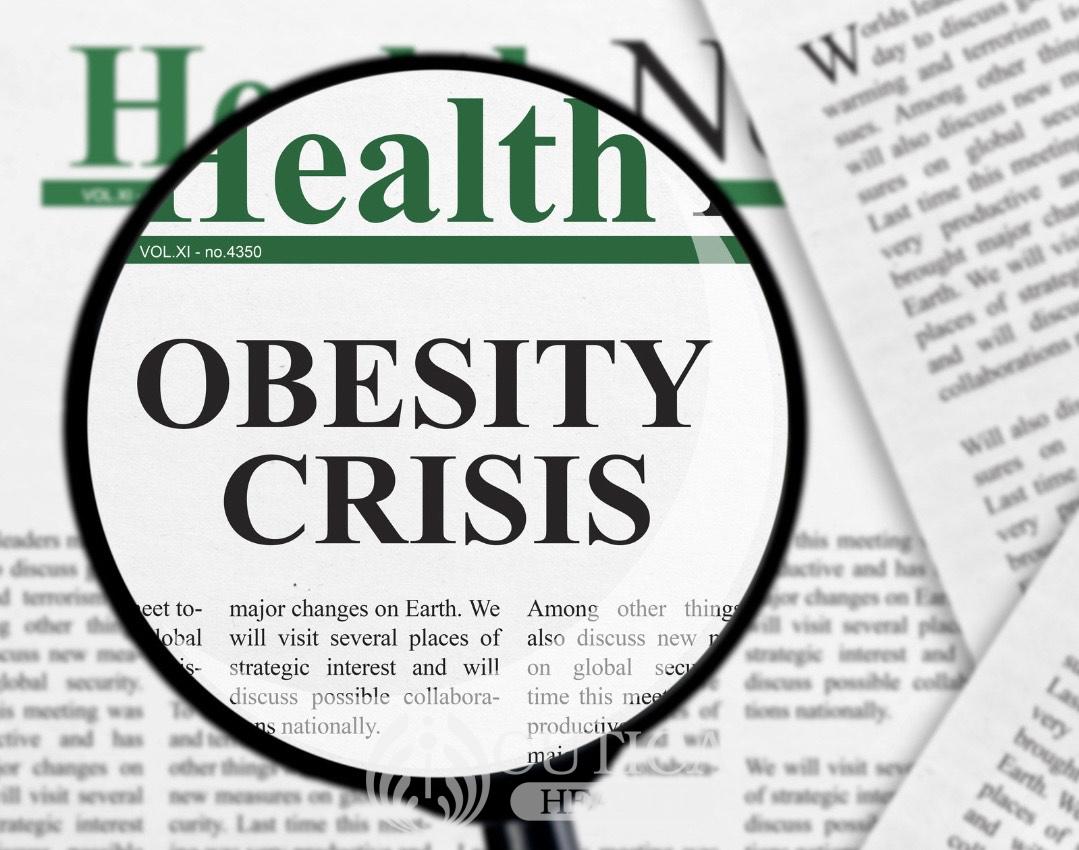
What is Body Roundness Index (BRI)?
The Body Roundness Index is a body fat estimator that uses both height and waist circumference to predict the risk of fat-related health conditions. Unlike BMI, which only accounts for total body weight in relation to height, BRI provides a clearer picture of abdominal fat—the most dangerous type of fat for health.
BRI Formula :
BRI is calculated using the following formula, which involves waist circumference and height:
364.2 − 365.5 × √(1 − [waist circumference in centimeters / 2π] 2 / [0.5 × height in centimeters] 2 )
But do not worry about memorising this formula, you can find online calculators for BRI as there are for BMI. The result of this calculation gives a score that ranges from 0 (perfectly healthy body shape) to around 20 or more for individuals with higher risks due to excess abdominal fat.
Why is BRI More Accurate Than BMI?
BMI calculates body mass using only height and weight, assuming that everyone with the same BMI has the same health risks. However, BMI fails to distinguish between lean muscle mass and fat, and it doesn’t account for where fat is stored in the body. This limitation means that many individuals—especially those who are muscular or have a large frame—can be wrongly classified as overweight or obese.
Body Roundness Index , on the other hand, corrects for these shortcomings by incorporating waist circumference. This is crucial because abdominal fat, also known as visceral fat , is a major contributor to chronic conditions like heart disease, stroke, and diabetes. In essence, BRI gives a more detailed picture of fat distribution, which is a better predictor of health risks than BMI.
Key Benefits of Using BRI
- More Accurate Risk Prediction
Studies show that BRI correlates more closely with cardiovascular risks, type 2 diabetes, and overall mortality than BMI. This makes it a better tool for predicting long-term health outcomes. - Targets Abdominal Fat
Visceral fat is linked to numerous metabolic disorders and health risks. BRI specifically targets this fat, providing a more reliable estimate of health risks tied to body shape. - Personalized Health Assessment
By considering individual body shapes, BRI allows for a more personalized assessment, especially for those with high muscle mass or unique body structures. This reduces the number of false positives (e.g., labeling muscular individuals as obese).
Better for Monitoring Health Changes
For those undergoing weight loss or fitness programs, BRI provides a more nuanced way to track progress. Waist circumference changes can indicate real fat loss, even when total body weight does not shift significantly.

How to Calculate Your BRI
Calculating your Body Roundness Index is straightforward. You will need a flexible tape measure to measure your waist circumference at the level of your navel, ensuring that the tape is snug but not compressing the skin. You’ll also need your height. Once you have these measurements, you can input them into an online BRI calculator or use the formula mentioned above.
Interpreting Your BRI Score
A lower BRI score suggests a healthier body shape with a lower risk of developing fat-related health problems. As the BRI score increases, so does the likelihood of health complications related to excess abdominal fat. While there are no universally agreed-upon BRI categories, some general guidelines can help interpret the results:
- BRI < 1 : Low risk, healthy body shape.
- BRI 1-4 : Moderate risk, with the possibility of excess abdominal fat.
- BRI 4-8 : High risk, suggesting significant abdominal fat accumulation.
- BRI > 8 : Very high risk, indicating severe abdominal obesity and an increased likelihood of health complications.
Why Healthcare Providers Should Adopt BRI
With the rising prevalence of obesity-related health conditions, accurate measurement tools like BRI are becoming essential for early diagnosis and preventive care. For healthcare providers , BRI can offer a more precise and actionable metric for evaluating patients’ health risks, leading to more tailored interventions.
By focusing on abdominal fat, BRI helps identify individuals who may not appear overweight according to BMI but still carry a high risk of cardiovascular diseases. It also avoids the misclassification that can occur when BMI is used for individuals with higher muscle mass or unique body shapes.

Final Thoughts: BRI as the Future of Health Assessment
While BMI has been the go-to metric for decades, Body Roundness Index (BRI) is proving to be a better alternative for assessing health risks related to body fat. Its focus on abdominal fat makes it a more accurate predictor of life-threatening conditions such as heart disease, diabetes, and stroke.
As more research supports its effectiveness, BRI could soon replace BMI as the primary health assessment tool for body fat and obesity-related risks. For now, individuals can use both BRI and BMI together to get a fuller picture of their health and take steps to reduce abdominal fat for a healthier future.












